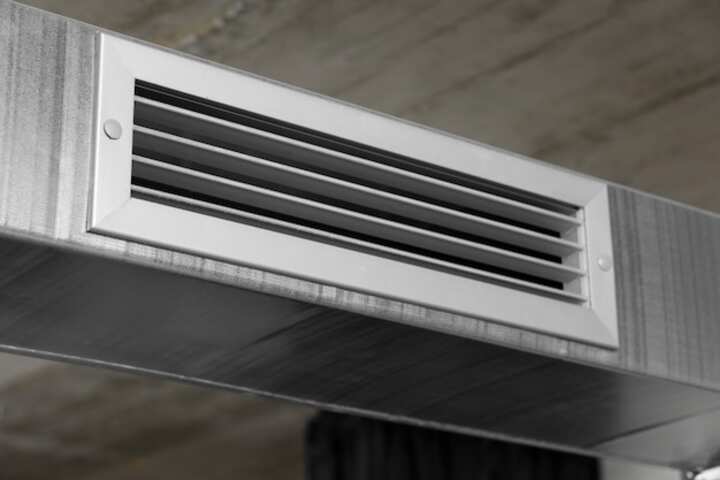
Comprehensive Fire Damage Inspections in Norwalk Your Guide to Evaluating Residential and Commercial Properties
Fire damage can be devastating for both residential and commercial properties. It not only affects the structure but also poses health risks due to compromised air quality and potential toxic residue. Conducting a comprehensive fire damage inspection is crucial for assessing the extent of damage and planning the necessary remediation steps. This guide provides insights into evaluating fire damage in Norwalk, focusing on key areas to inspect and what to consider for both residential and commercial properties.
Importance of Fire Damage Inspections
Fire damage inspections are essential for identifying structural issues, potential hazards, and the overall safety of a building post-incident. These inspections help property owners make informed decisions about repairs, insurance claims, and restoration processes. They also ensure that any lingering hazards, such as smoke damage or weakened structures, are addressed promptly.
Key Areas to Inspect
Structural Integrity
One of the primary concerns after a fire is the structural integrity of the building. Inspectors should evaluate:
- Load-bearing walls and beams for signs of weakness or damage.
- Foundation and flooring for cracks or shifts that could indicate compromised stability.
- Roof and ceiling structures for sagging or charred components.
Learn more in this detailed guide about assessing structural integrity after a fire.
Electrical and Plumbing Systems
Fire can severely impact electrical and plumbing systems, posing a risk of future incidents. Key inspection points include:
- Wiring and electrical panels for signs of melting or scorching.
- Plumbing lines for heat damage or leaks.
- Smoke detectors and fire alarms to ensure they are functional and up to code.
Explore further insights here on how fire affects these systems and the necessary inspections.
Indoor Air Quality
Post-fire, indoor air quality can be significantly compromised due to smoke, ash, and potential chemical residues. It is crucial to assess:
- The presence of soot and residue on surfaces that can affect air quality.
- The functionality of HVAC systems to ensure they are not circulating contaminated air.
- Potential mold growth from water used in firefighting efforts.
Read more about this topic and find additional information here on managing indoor air quality after a fire: Indoor Air Quality Services.
Special Considerations for Residential Properties
Residential properties often require a more personalized inspection approach due to their unique layouts and materials. Considerations include:
- Inspecting living areas for personal belongings that might have absorbed smoke or water.
- Evaluating insulation materials, which can harbor smoke odors and residues.
- Checking for fire damage signs in less visible areas, like attics and basements.
Find additional information here on specific challenges faced by residential property owners post-fire.
Special Considerations for Commercial Properties
Commercial properties might face different challenges due to their size and complexity, such as:
- Assessing large HVAC systems that might need comprehensive cleaning or replacement.
- Ensuring that commercial kitchens or production areas are free from lingering fire hazards.
- Evaluating business-critical systems like IT infrastructure for heat damage.
Learn more in this detailed guide about addressing fire damage in commercial settings.
Steps to Take Post-Inspection
After a thorough inspection, property owners should prioritize repairs and remediation to restore safety and functionality. Key steps include:
- Working with professionals for structural repairs and system replacements.
- Implementing air quality improvement measures, including deep cleaning and ventilation enhancements.
- Updating safety measures and ensuring compliance with fire safety codes.
Explore further insights here on managing the post-inspection process effectively.
Conclusion
Fire damage inspections are a critical step in the recovery process for both residential and commercial properties. They provide a detailed assessment necessary for planning repairs, ensuring safety, and restoring normalcy. By focusing on structural integrity, system functionality, and indoor air quality, property owners in Norwalk can effectively navigate the challenges of fire damage recovery. For more comprehensive guidance, click here to explore additional resources.